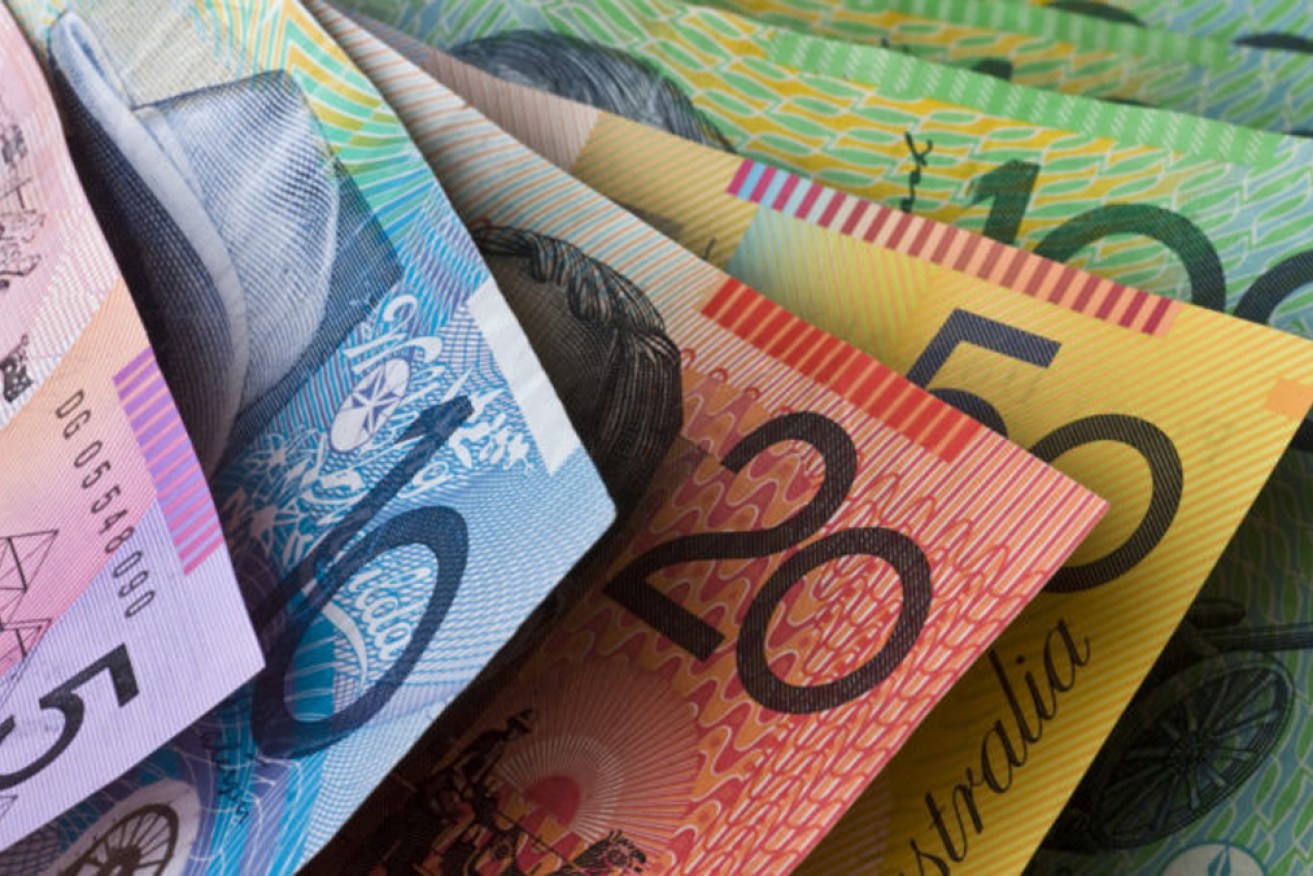Worsening inequality has created an ‘inflation divide’ in Australia


New inflation data has unearthed some remarkable changes in the way we live and learn.
Back in 2006, when Facebook was just getting started and Kevin Rudd was appointed leader of the Labor Party, the cost of living was a whole lot less.
Consumer prices were 38.9 per cent lower, and essentials like food, shelter and health care were 43.8 per cent less expensive than today.
In fact, over the past 15 years the cost of essentials has accounted for a growing proportion of everyday household budgets – a sign that inequality has worsened substantially since the global financial crisis.
The trend was clear to see in a new ABS dataset tracking changes in the cost of living over time.
The great inflation divide
The ABS data confirmed that although Australians are better off today than when Labor was gearing up to beat John Howard, there’s not much in it.
Wages have increased by about 46 per cent since 2006, which means Australians’ purchasing power has only risen by about 2.2 per cent over 15 years.
Some households will have done better than this; others will have fared much worse.
We can work out who fits into each group by tracking how prices have changed for essential items versus discretionary goods.
That’s because essentials like housing aren’t something you can go without – everyone spends money on them – but discretionary goods are optional purchases that higher-income households have greater capacity to make.
And what’s interesting is that non-discretionary (essential) prices have risen 43.8 per cent since 2005-6, but the cost of discretionary goods has risen by just 31.8 per cent over that timeframe.
Take out tobacco, and that figure falls to just 18.1 per cent.
Indeed APAC economist Callam Pickering said this reflected a “clear inflationary divide” in Australia that tells us inequality has worsened.
The type of inflation that disproportionately affects lower-income households has risen faster than that which disproportionately affects higher-income households.
That’s not good news, because it means as wealth inequality has worsened in Australia, households are increasingly less able to afford the bare essentials, let alone the things we enjoy.
Data reveals a changing Australia
A closer look at what we spend more on these days confirms this.
For example, housing costs 64 per cent more today than it did in 2005, meaning more of our pay cheques are going on shelter.
These days 23 per cent of total spending is on housing, up from 20.4 per cent in 2005 – the largest increase of any category by far.
Education is second. It accounted for 4.5 per cent of total spending in 2019, up from 2.9 per cent in 2005, as prices soared 89.2 per cent.
And then there’s health care. It increased from 4.9 per cent of total spending in 2005 to 5.9 per cent in 2019, as prices rose 84.4 per cent.
The figures show we’re spending a bigger portion of our household budgets on housing, education and health care today than in the past.
And that’s partly being driven by larger societal trends.
For example, our ageing population is increasing healthcare spending and workers are undertaking more education to move into higher-skill jobs, Mr Pickering said.
“We continue to demand higher and higher levels of education for our workforce, and that’s translating into a greater share of income going on education expenses,” he said.
“Most of the boomers are now [also] sort of around retirement age, and that’s translating into a greater share of income going to health care.”
Looking through the data throws up one major positive: We are spending less of our budgets on groceries today than in 2005-6.
That partly reflects an increase in services spending as we eat out more and partly a fall in prices after ALDI launched in Australia.








